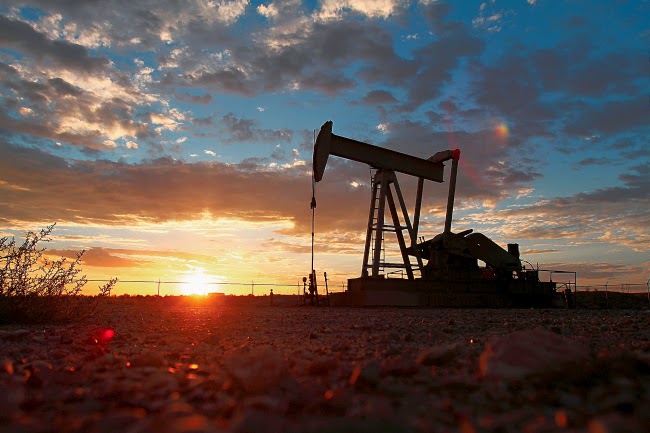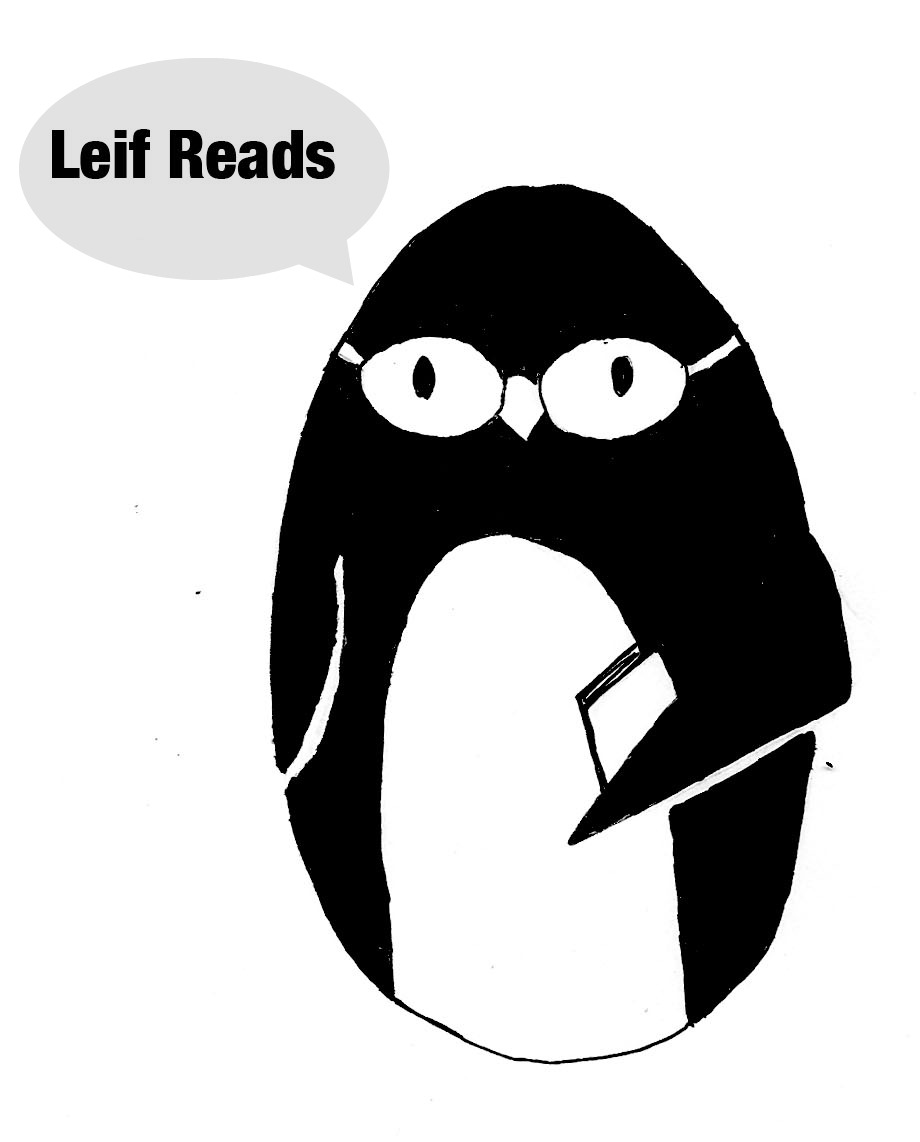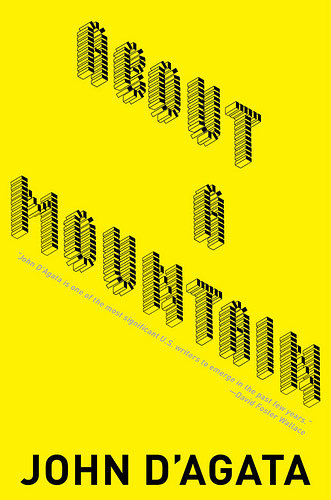Merry Wanderer of the Night:
Environment
Natural Heritage: The 're-wilding' of Angkor Wat

Rainforests: World Heritage Sites risk collapse without stronger local management

Natural Heritage: Environmental groups sue BLM over fracking permits near Chaco

Leif Reads: Getting Back in Touch

Leif Reads: Coop

Leif Reads: Changes Made

Day Zero Project: Compost Complete

Leif Reads: Why It's Good to Say No Thanks to Lawn Care

Leif Reads: My Mom was Right

Leif Reads: The Scary Presence of Plastics

Leif Reads

Leif Reads: But what about all this snow?

Leif Reads Eaarth: Climate Change

Book Review: Triumph of the City

Leif Reads: Eaarth and 350.org

Leif Reads

Awesome Essays: An End to Sweet Illusions

About a Mountain

Greening My Reading